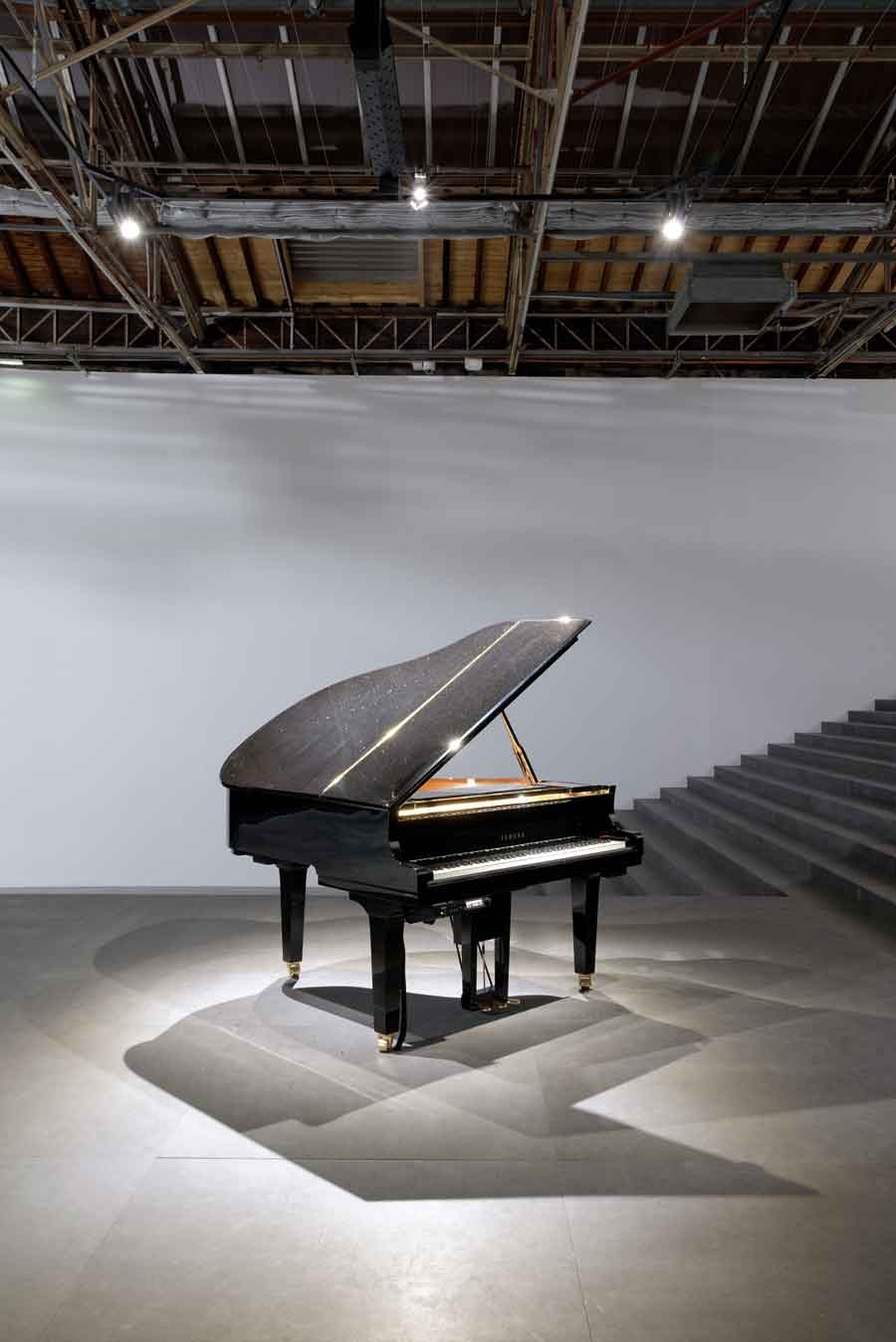For a while I’ve been thinking about the Enlightenment, the New Enlightenment – the one in which the shape of everything from activism to theory revisits many of the virtues that were once held high by the ‘old’ Enlightenment. Virtues such as emancipation and egalitarianism, things – free education and healthcare, reasonably functioning infrastructure (like the postal system and the railways), personal privacy and stability, equality for women and treatment of the child as an active subject – that have been taken for granted for a long time in most Western parliamentary democracies.
With an ever more economised, fragmented and surveilled existence in which taxpayers are forced to compensate for the speculative instincts of global financial institutions and the gap between the rich and the poor increases rapidly (to invoke just two examples), it is almost inevitable that there will be a return to social, political and philosophical basics. A return to basics that might point towards a New Enlightenment.
Although many of the basics are the same, the New Enlightenment is different from the old version.
Although many of the basics are the same, the New Enlightenment is different from the old version. Essentialist universalism has, for example, given way to strategic universalism, shunning homogenisation while also seeking to acknowledge commonalities across intersectionalities. The light in these enlightenments is also dissimilar: in the new, it is not the ever-present direct and penetrating light that makes things transparent; rather it is a light that reflects and glimmers, which benefits from sparkly materials and shiny surfaces. It is a displaced light that creates opacity and abstraction. But more importantly, it is light that is not always there. This light can very well go out. And then on again, a cinematic light choreographing a story over time.
When the slogan ‘No more reality’ is chanted by a group of children who, on a sunny day, are demonstrating, and documented in a video by Philippe Parreno, some of these enlightenment thoughts are again set in motion. The protest is energetic and merrily disorganised. At the end of the short film a boy has to sit down, wipe the sweat from his forehead and catch his breath.
I first experience the work, with its clear sound, from afar, from the entrance of Paris’s Palais de Tokyo, as a giant moving image at the end of an elongated space. Out of the corner of my eye, I notice a flickering light on a pillar; on the other side I perceive a massive wall of light with dark silhouettes in front – the staff at the new backlit ticket counter. After a while, the children on the screen give way to a spectacular closeup of an infant’s face, then a jellyfishlike creature in water, a mechanical mannequin writing, ‘What do you believe, your eyes or my words?’ and finally flowers.
The closer I move to the giant screen, the less I hear and see. Eventually the image dissolves into rods with individual LEDs and I catch a glimpse of the enormous flowers at the exact same time as I discover the Eiffel Tower through the only window in the space. It’s dark outside and the metal structure is covered with light – the spectacle of all spectacles.
That world-famous sign of modernity, of science and communication, which as Roland Barthes reminded us nevertheless ended up as the perfect signifier: completely devoid of immanent meaning. As Guy de Maupassant remarked, the Eiffel Tower is visible from every location in Paris except when you are in it, and yet it does not hold anything. There is nothing to see inside. While lacking an interior, it reveals its own construction, thus forming one of its many paradoxes. Furthermore, the Eiffel Tower instigates a new form of intellectualist perception – the bird’s-eye view, which is nothing less than a concrete abstraction.
The emotional parcours that runs through Parreno’s Palais de Tokyo exhibition, Anywhere, Anywhere Out of the World, is driven by mechanical grand pianos playing a version of Igor Stravinsky’s Petrushka (1910–11) and enveloped by blurry views through the Palais’s windows. On the way, I encounter more flickering lamps, fluorescent images that glow in the dark, slowly losing their shine until the lights go on again, recharging the images, and a darkened room filled with 16 Marquees made of lightbulbs that go on and off in an incandescent dance.
One evening Dominique Gonzalez-Foerster dressed up as a late-nineteenth-century well-to-do man, including moustache, and slowly paced around the black box with a light in hand. Heathcliff from Wuthering Heights came alive briefly, just as Marilyn is temporarily with us in Parreno’s film of the same title. Fiction produces facts in his work, and vice versa. The manga character Annlee is a figure with real juridical rights, and Zidane has become ever more imaginary. Ghosts and automatons frequent Parreno’s work too, creatures who fear light and defy rationality and who haunted the old Enlightenment.
In both the New Enlightenment and Parreno’s show the basic precondition seems to be the presence and absence of light.
Not only in the sense of when the light is on or off, but also in the protocol of lighting: modification, articulation and interrupted magic. This cinematic light is expressly relational in the sense that what it falls on determines its character. Here opacity and abstraction are as important as the light itself. Which in turn means that paradoxes abound.
Sadly, but not surprisingly, there are few contributions by women among the works by other artists in Parreno’s ‘solo’ show. A work by one of the many male contributors, Liam Gillick, embodies the paradoxes. He has made black snow fall gently and intermittently on one of the grand pianos, replacing the glowing glitter from his own exhibition in the same space ten years ago.
This article was first published in the March 2014 issue.
